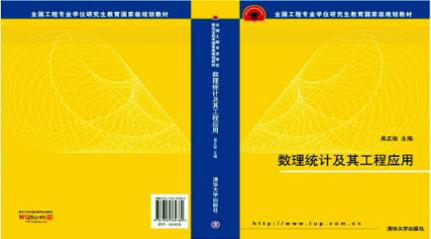
当前课程知识点:Chinese Folk Motif Arts > Unit 1. Folk Motifs: Basic Categories and Characteristics > 1.5 Research on the questions and the motifs cases > (1) Researches and case studies on motifs
返回《Chinese Folk Motif Arts》慕课在线视频课程列表
Painted pottery ware of Banpo culture
The motifs on painted pottery ware is one of the earliest folk motifs in China. Banpo culture is a part of Yangshao culture in the Neolithic age of the middle Yellow river basin and the relics about 6,300 to 6,800 years old were unearthed in Banpo village of Xi'an city of Shaanxi province in 1952. Many farm tools were found at the site, including fishing, hunting and life tools. They have outstanding colors with red background and black motifs. The patterns are simple and primitive, including human face, fish, deer, plants and geometry patterns. The most popular and representative pattern is fish pattern which is found on all the cultural relics of quasi-Banpo cultures.
Fish pattern pottery basin with human face is a representative work of painted pottery basin of Banpo culture which delivers a motif information as "the integration of human and fish". Two pairs of symmetric fish pattern with human face is painted on its inner wall with even spacing and vivid images, which reflect the characteristic that painted pottery ware of Banpo culture often decorated with fish pattern.
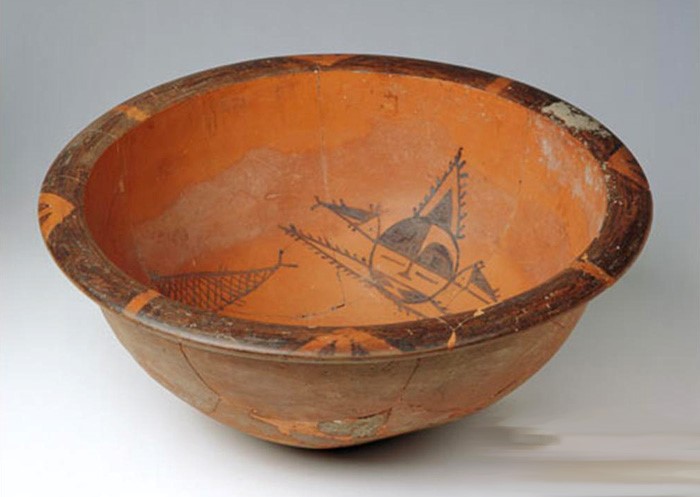
Fish Pattern Pottery Basin with Human Face Ⅰ (Yangshao culture Banpo type)
Unearthed from Banpo heritage site in Xi'an of Shaanxi province
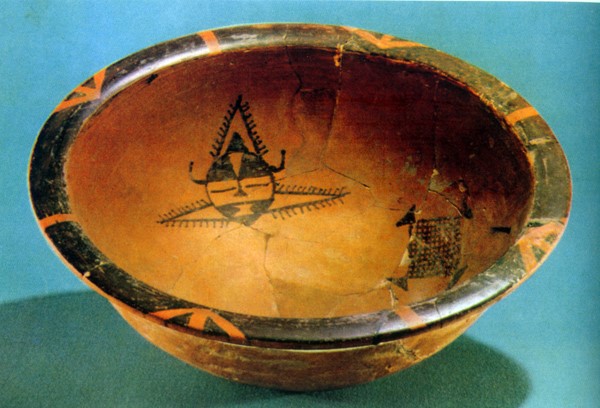
Fish Pattern Pottery Basin with Human Face Ⅱ (Yangshao culture Banpo type)
Unearthed from Banpo heritage site in Xi'an of Shaanxi province
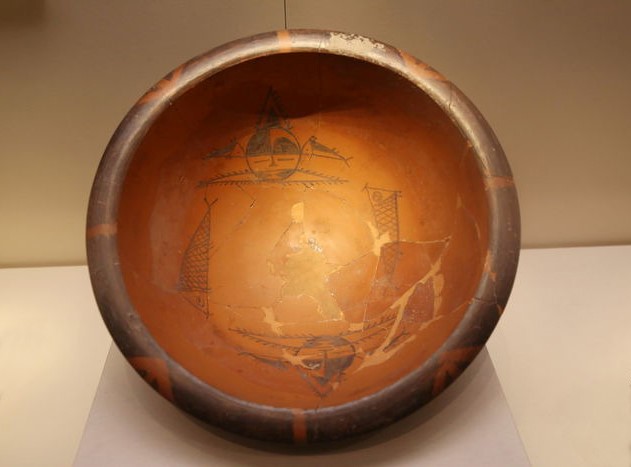
Fish Pattern Pottery Basin with Human Face Ⅲ (Yangshao culture Banpo type)
Unearthed from Banpo heritage site in Xi'an of Shaanxi province
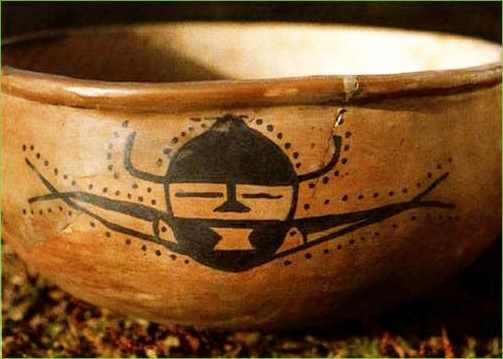
Human face with fish pattern (painted pottery)
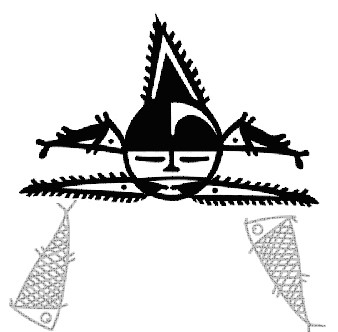
Human face with fish pattern
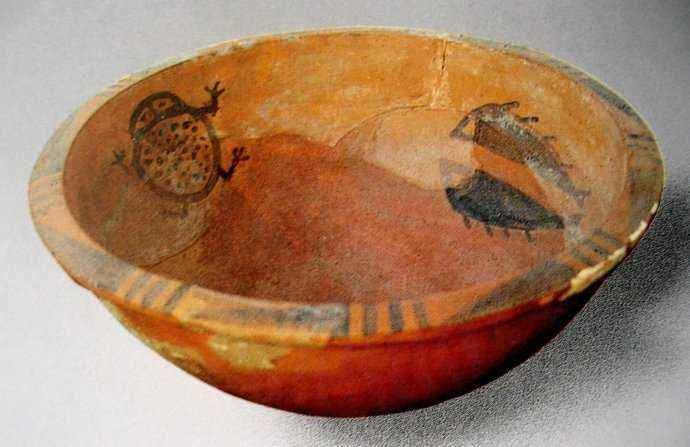
Painted pottery basin with fish and toad (Yangshao culture Banpo type)
Unearthed from Banpo heritage site in Xi'an of Shaanxi province
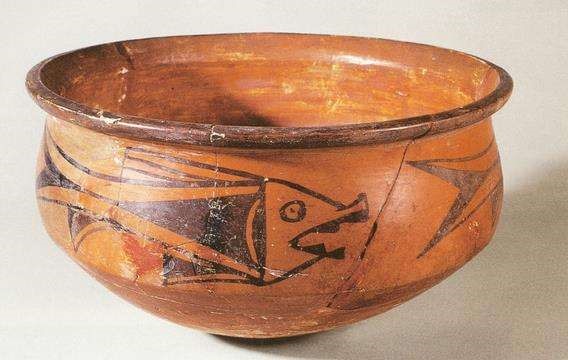
Fish-patterned pottery in Banpo (Yangshao culture Banpo type)
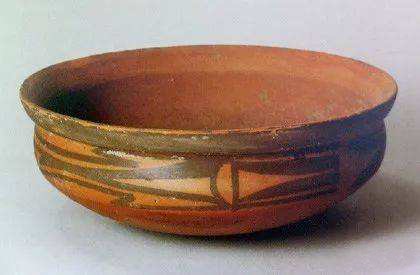
Painted pottery geometric basin (Yangshao culture Banpo type)
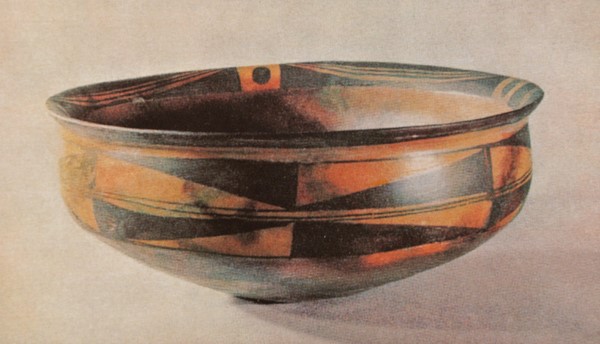
Geometric pattern pottery basin (Yangshao culture Banpo type)
Unearthed from Banpo heritage site in Xi'an of Shanxi province
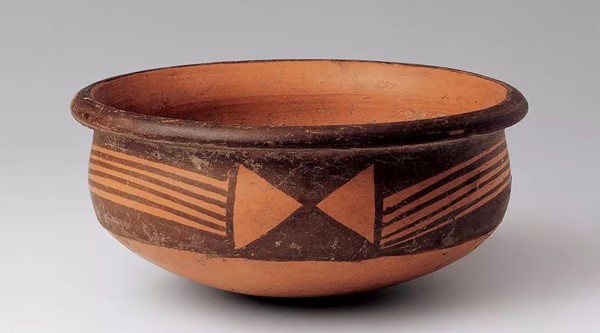
Earthenware bowl on triangle pattern (Yangshao culture Banpo type)
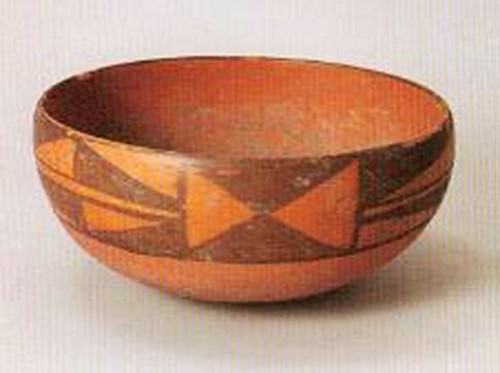
Pottery pottery of yin and yang triangle round bottom bowl (Yangshao culture Banpo type)
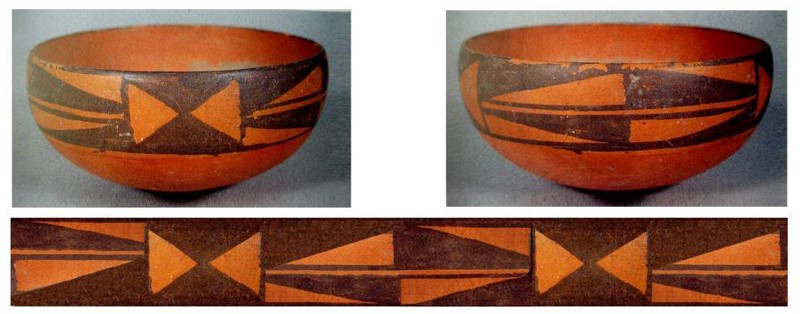
Triangle pattern pottery (Yangshao culture Banpo type)
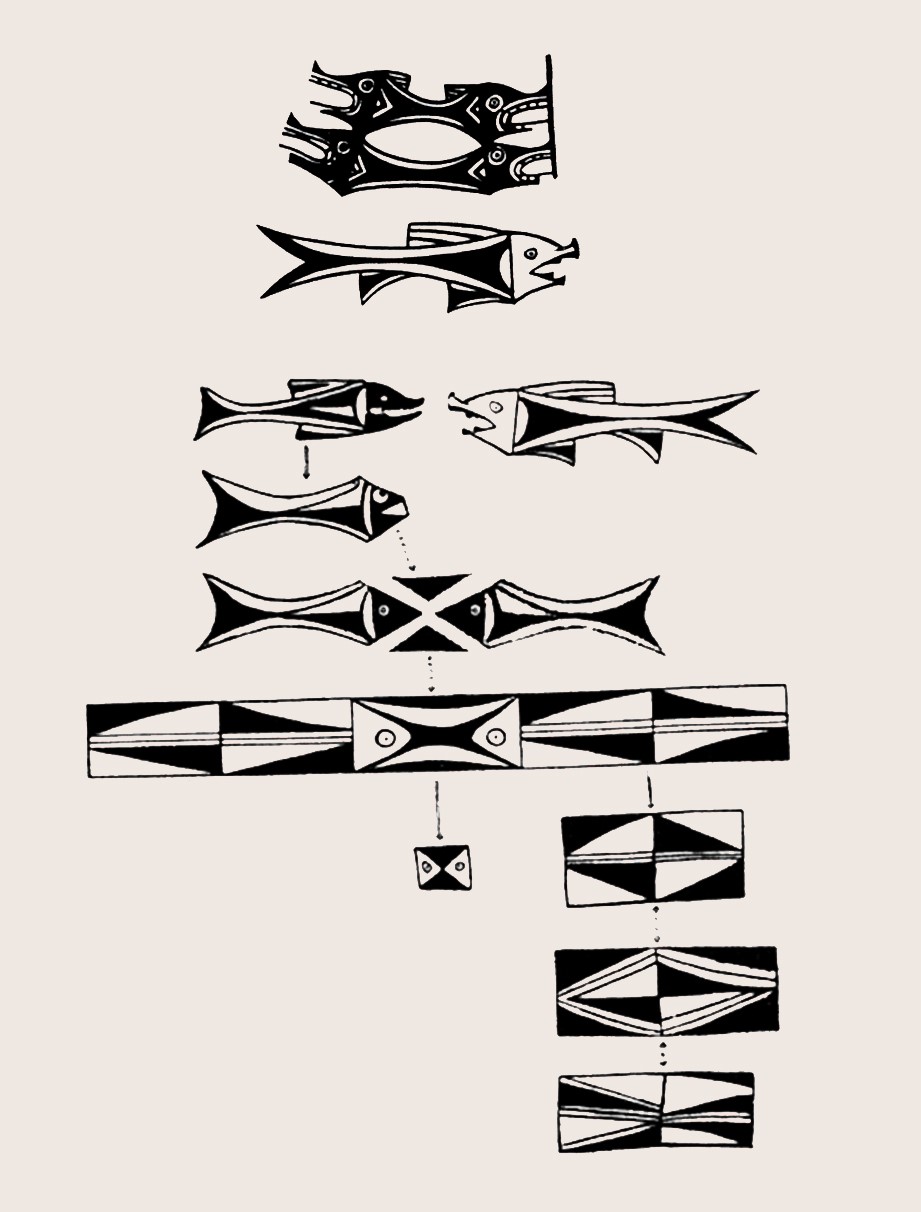
Schematic diagram of the evolution of painted fish patterns in Yangshao culture Ⅰ
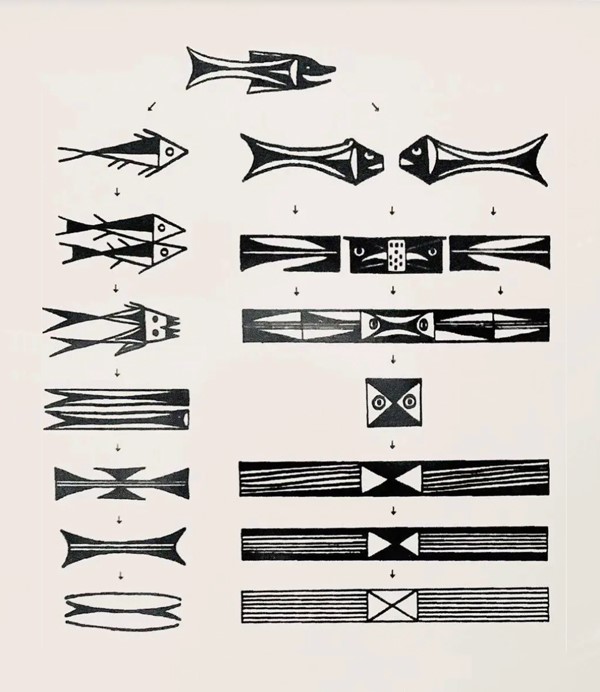
Schematic diagram of the evolution of painted fish patterns in Yangshao culture Ⅱ
返回《Chinese Folk Motif Arts》慕课在线视频列表
-A brief introduction of the study unit
-1.1 The meaning of learning Chinese folk motifs
--1.1 The meaning of learning Chinese folk motifs
-1.2 A brief introduction of graph
--1.2 A brief introduction of graph
-1.3 The basic categories of Chinese folk motifs
--1.3 The basic categories of Chinese folk motifs
-1.4 The basic characteristics of Chinese folk motifs art
--1.4 The basic characteristics of Chinese folk motifs art
-1.5 Research on the questions and the motifs cases
--(1) Researches and case studies on motifs
--(2)Research on Traditional Motifs
-1.6 Unit assignment: thinking questions
-1.7 Online Quiz
--1.7 Online Quiz
-1.8 Expanded learning resources
--Embroidery of Guizhou Miao ethnic group (Video)
--The Magnificent Miao Ethnic Group: Wordless Book of Miao (Video)
--Chinese Folk Motifs(Graphics and images)
--Websites
-A brief introduction of the study unit
-2.1 The modeling methods of folk motifs
--2.1 The modeling methods of folk motifs (Part 1)
--2.1 The modeling methods of folk motifs (Part 2)
-2.2 Aesthetic implication of folk motifs
--2.1 Aesthetic implication of folk motifs (Part 1)
--2.2 Aesthetic implication of folk motifs (Part 2)
-2.3 Research on the questions and the motifs cases
--Research on the questions
-2.4 Art Practice: Canton Embroidery
-2.5 Unit assignment: Judgment and thinking questions
--Judgment questions
-2.6 Expanded learning resources
--My hereditary treasure: new year woodblock print made by Tai Liping (Video)
--Taohuawu new year woodblock print (Graphics)
-A brief introduction of the study unit
-3.1 A Brief Introduction of Chinese Folk Paper Cut
--3.1 A Brief Introduction of Chinese Folk Paper Cut
-3.2 The craft of Chinese folk paper cut
--3.2 The craft of Chinese folk paper cut
-3.3 The techniques of expression of Chinese folk paper cut
--3.3 The techniques of expression of Chinese folk paper cut
-3.4 A brief introduction of Chinese shadow puppetry
--3.4 A brief introduction of Chinese shadow puppetry
-3.5 The artistic characteristics of Chinese shadow puppetry
--3.5 The artistic characteristics of Chinese shadow puppetry
-3.6 The modeling of Chinese shadow puppetry
--3.6 The modeling of Chinese shadow puppetry
-3.7 Art Practice: Paper Cut
--A Brief Introduction of Art Practice
--Traditional Chinese Paper Cutting : Butterfly
--Traditional Chinese Paper Cutting : Baby with twisted knors of har
--Paper-cut creative case (picture)
-3.8 Unit assignment: Paper Cut creation
-3.9 Online Quiz
--3.9 Online Quiz
-3.10 Expanded learning resources
--Backstage performance of shadow play (video) (Ⅰ)
--Backstage performance of shadow play (video) (Ⅱ)
--Shadow play "Monkey Eating Peach"
--Analysis of Chinese Shadow Puppet Art
-A brief introduction of the study unit
-4.1 The State of Chu and Chu Culture
--4.1 The State of Chu and Chu Culture
-4.2 Representative Graphics of Chu Culture Remains
--4.2 Representative Graphics of Chu Culture Remains
-4.3 Intangible Cultural Heritage of Chu Culture
--4.3 Intangible Cultural Heritage of Chu Culture (Part 1)
--4.3 Intangible Cultural Heritage of Chu Culture (Part 2)
-4.4 Research on the questions and the motifs cases
--Chu Culture Relics Graphics
--The motifs case : Tujia ethnic Brocade "Xilan Kapu"
-4.5 Art Practice: Decorative painting
--Art Practice: Decorative painting sketch
--Art Practice: Decorative painting modeling
--Art Practice: Decorative painting coloring
-4.6 Unit assignment
--4.6 Unit assignment
-4.7 Online Quiz
--4.7 Online Quiz
-4.8 Expanded learning resources
--Bronze ware, lacquerware, silk fabrics of Chu culture
--Yao ethnic bright-colored embroidery applique, Dong ethnic brocade
-A brief introduction of the study unit
-5.1 Totem
-5.2 Panhu Worship
-5.3 The Legends of Totem in Costumes
--5.3 The Legends of Totem in Costumes
-5.4 The Tattoos of the Li Ethnic Group
--5.4 The Tattoos of the Li Ethnic Group
-5.5 Art Practice: Tie-dye
--Xiang Yunfang tie-dyeing (clamp-tie) video
--Xiang Yunfang tie-dyeing (bundle-tie) video
--Xiang Yunfang tie-dyeing (dog-paw flower) video
-5.6 Research on the questions and the motifs cases
--Totem problem exploration
--Traditional graphics cases:The "Hundred-bird Clothes" of the Miao ethnic in Guizhou
-5.7 Unit assignment: Tie-dye creation and thinking questions
--5.7 Unit assignment: Tie-dye creation and thinking questions
-5. 8 Expanded learning resources
--Miao embroidery in Taijiang (Video)
--The Magnificent Miao Ethnic: Who made life so glorious (Video)
--National costumes of southern China
-A brief introduction of the study unit
-6.1 Philosophical Reflections on the Harmony of Taiji and “Yin and Yang”
--6.1 Philosophical Reflections on the Harmony of Taiji and “Yin and Yang”
-6.2 “Nine Palaces” and Its Spatial Layout
--6.2 “Nine Palaces” and Its Spatial Layout
-6.3 Plane Static Four-dimensional Space
--6.3 Plane Static Four-dimensional Space
-6.4 “Almorphism” of Batik Graphics
--6.4 “Almorphism” of Batik Graphics
-6.5 Ingenious Calculations by Folk Carpenters
--6.5 Ingenious Calculations by Folk Carpenters
-6.6 Research on the questions and the motifs cases
--Research on the questions and the motifs cases
--Introduction to Miao Batik (Video)
--Danzhai Batik - Painting Wax (Video)
-6.7 Unit assignment: thinking questions
--6.7 Unit assignment: thinking questions
-6.8 Online Quiz
--6.8 Online Quiz
-6.9 Expanded learning resources
--The image of dragon in Chinese folk motifs (graphic and image)
